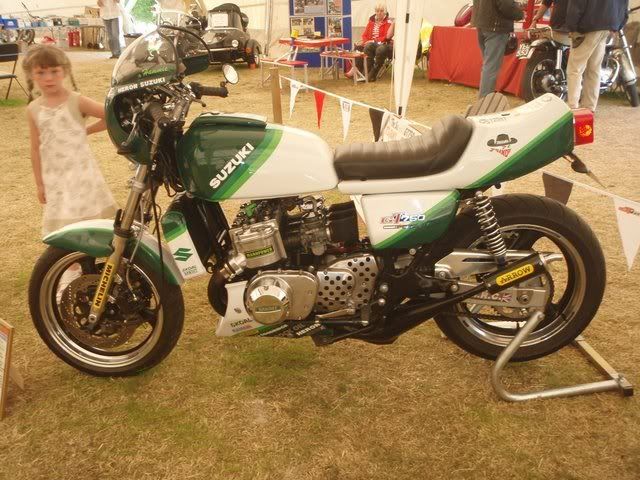Arne,
When you get the bike up and running, we'll have to see if we can't design some better pipes with modern software.
It doesn't always work out that way though. I have run some numbers for an H2 and then ran DENCO numbers and was surprised as to how spot on they were. the software wasn't available back in the day, so it tell us something about the skill and tenacity of the good guys.
All that the latest software has really done is to make it easy for the rest of us to work out what was known by people at the cutting edge back in the day.
I've seen a couple of dyno charts. Stock motors seem to make about 48 at teh rear wheel, and with a set of pipes that goes up to about 52-55. One of the GT750 racers had a chart with 60 some HP on it and a later one with 8oish on his race bike.
i did see a 129hp chart but have no idea if it's real or bogus or how modified that motor was. I hear that Brett in Sydney is approaching 200 on his highly modified 1000cc reed valve race motor, but I have seen no proof of that in the public domain.
Suzukidave had his Yellow Peril tested. That bike I think is basically stock ports but with a set of Bassani pipes and made 55ish I think. His new motor should top 80 with modern pipes and flat slides and hours of port work (mainly by Dave). He has done a heck of a job on that bike (both in fact), and while some of us like to feel we contributed in some small way, the reality is tat Dave did 99% of the work and was responsible for most/all of the design decisions.
Of course some dyno's seem to show much larger numbers than others, so it's not really appropriate to compare one graph with another apart from bench racing that is.



